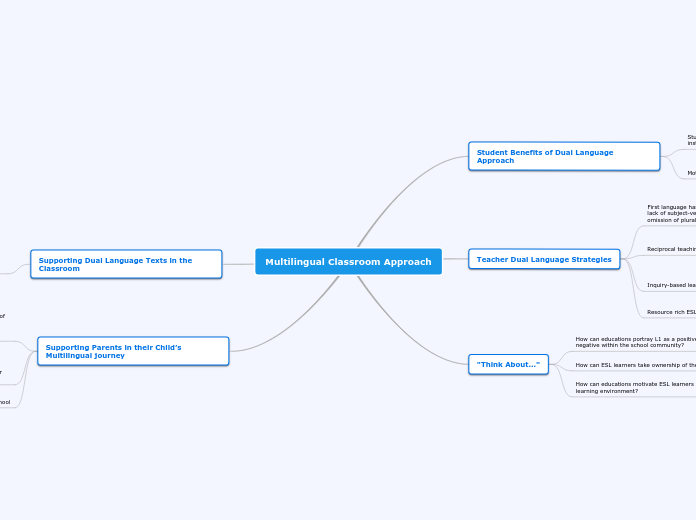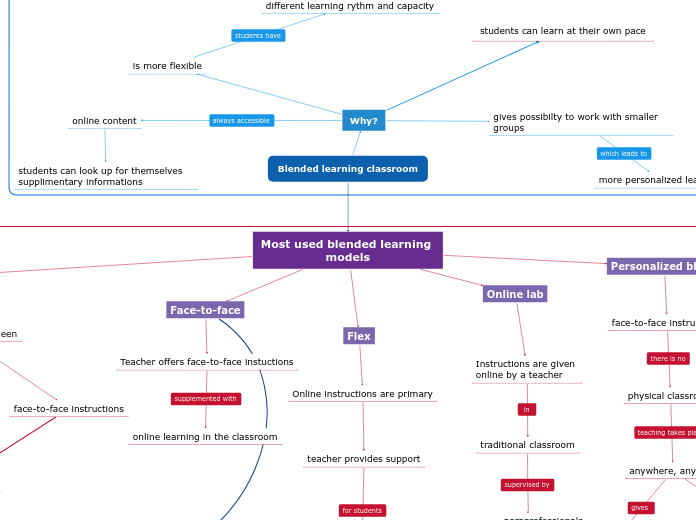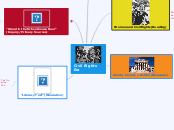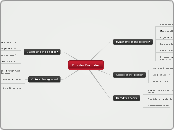Multilingual Classroom Approach
Supporting Parents in their Child’s Multilingual journey
Benefits of using L1 in school
Develop mental flexibility
build problem-solving skills
Offer cultural stability and continuity
understand cultural and family values
become aware of cultural diversity and multiple perspectives
expand career opportunities
Bilingual employees are often paid more because they speak an additional language that is an asset to the business
Host cultural events and L1 language classes after school or weekends on school premises
Prepare a newsletter or interactive brochure with evidence of studies and personal student experiences that prove that multilingualism produces higher order thinking skills and student empowerment.
The Foyer program in Belgium trains children in three language based on mother tongue and bilingualism research (Cummins 18)
Increased performance results from bilingual children (Cummins 18)
Invite guest speakers (professors, student alumni) who will speak to parents about the advantages of using both L1 and L2 in an ESL classroom
Host parents in the classroom to shadow their children and learn alongside them in a dual language environment
Invite parents to host talks or events to enrich the ESL program or greater school community
"Think About..."
How can educations motivate ESL learners in the language learning environment?
How can ESL learners take ownership of their own learning?
How can educations portray L1 as a positive instead of a negative within the school community?
Teacher Dual Language Strategies
Resource rich ESL classrooms
Pictures
Maps
Found Objects
Posters
Dictionaries
Art Materials
Interactive Notebooks
Inquiry-based learning
Teachers can use dual language texts as a gateway for inquiry by asking students to brainstorm observations before a new lesson is underway based on a new topic
This makes ESL learners "experts" in L1 and puts them in a position to share L1 knowledge using L2
Create dual language projects with a focus on greater linguistic diversity
Reciprocal teaching strategies
Students are active teachers and teachers are active students
For example, in a new lesson on subject-verb agreement, the teacher uses a dual language text and provides space for the student to share grammar rules of subject-verb agreement in L1 while the teacher shares grammar rules for L2.
Increases student engagement, confidence, and participation
First language has a weaker influence in “bound morphology” - lack of subject-verb agreement, adjective-noun agreement, omission of plurals on nouns (Krashen 66)
Since there is little L1 influence in “bound morphology”, in L2 teachers can formulate dual language grammar worksheets to scaffold new grammar rules.
Student Benefits of Dual Language Approach
Mother Tongue Development (Cummins 17)
"...level of development of children’s
mother tongue is a strong predictor of
their second language development." (Cummins 17)
This makes L1 and L2 interdependent with L1 increasing the level of literacy in L2
Students are able to embrace bilingualism as a strength instead of a weakness
Students are engaged in an immersive bilingual classroom environment as opposed to a monolingual classroom environment
Using dual language texts increases engagement in higher order thinking skills (inquiry, analytical skills, etc) and produces high quality learning
Supporting Dual Language Texts in the Classroom
First language influence is strongest in complex word order and word-for-word translation (Krashen 65)
Having a dual language text (in L1, L2) will help students compare word order differences/similarities and learn new vocabulary for greater accuracy in translation









